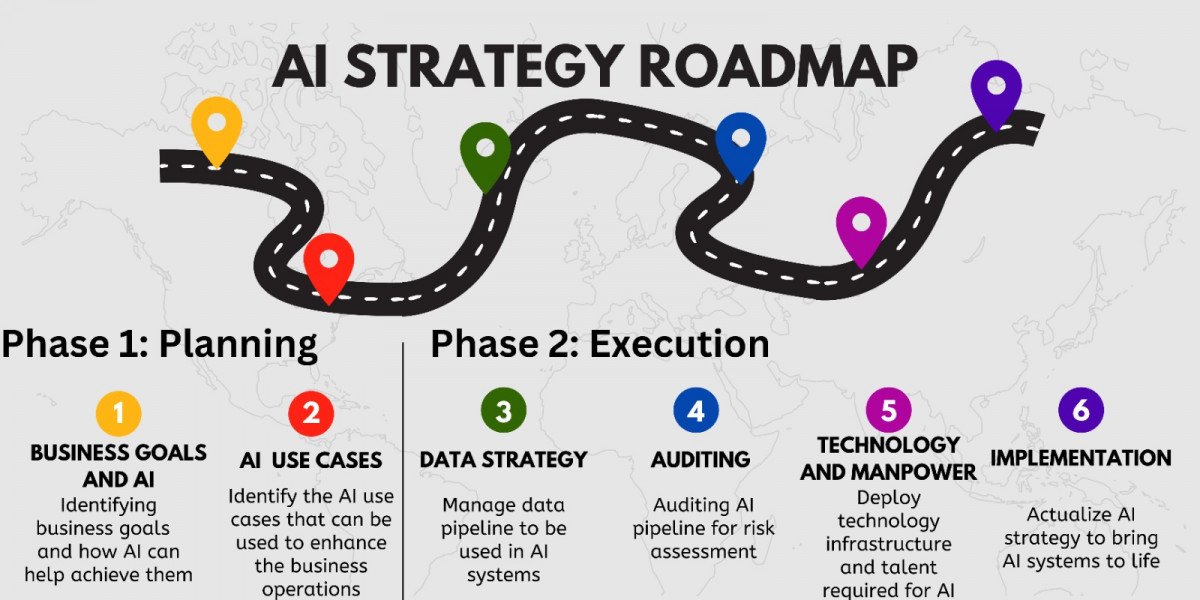Office365 Data Breach: Hacker Makes Millions Targeting Executives

Table of Contents
The Methodology Behind the Office365 Data Breach
This sophisticated attack leveraged a multi-pronged approach, combining social engineering with technical exploits to gain access and exfiltrate sensitive data.
Sophisticated Phishing Campaigns
The hacker employed highly targeted phishing campaigns designed to mimic legitimate communications from trusted sources. These weren't your typical spam emails; they were meticulously crafted to bypass even cautious users.
- Use of realistic email addresses: The attacker registered domain names strikingly similar to those of the targeted organizations or their partners.
- Convincing subject lines: Subject lines mirrored ongoing projects, urgent requests, or contained personalized information gleaned from publicly available sources, creating a sense of legitimacy.
- Embedded malicious links: Clicking these links downloaded malware or redirected victims to fake login pages designed to steal credentials.
- Urgency to create pressure: A sense of immediate action was frequently instilled, leveraging the victim's sense of responsibility and urgency to bypass normal security protocols.
The attacker's emails bypassed many security measures, including multi-factor authentication (MFA), by using techniques like exploiting MFA fatigue (repeated requests for MFA eventually leading to a user bypassing it) or spearphishing attacks targeting specific individuals with highly tailored emails that bypassed security filters. This highlights the importance of not just implementing MFA, but also educating employees about its proper use and the risks of phishing. Psychological manipulation was central to their success, exploiting the human element in the security chain.
Exploiting Weaknesses in Office365 Security Settings
The breach exposed common vulnerabilities prevalent in many organizations' Office365 configurations, underscoring the importance of proactive security management.
- Lack of MFA enforcement: Many organizations failed to enforce MFA across all accounts, allowing attackers to easily gain access with stolen credentials.
- Insufficient employee training: A lack of comprehensive cybersecurity awareness training left employees vulnerable to phishing attacks and other social engineering tactics.
- Weak password policies: Weak or easily guessable passwords facilitated unauthorized access.
- Outdated security software: Failure to regularly update security software and patches left systems exposed to known vulnerabilities.
Simple configuration changes, such as enforcing MFA for all users, implementing strong password policies, and regularly updating security software, could have prevented this breach. Features like Microsoft Defender for Office 365, advanced threat protection, and conditional access policies were likely underutilized or improperly configured.
Access and Data Exfiltration
Once an executive's account was compromised, the attacker swiftly moved laterally within the network.
- Lateral movement within the network: The attacker used the compromised account to access other systems and accounts, escalating privileges to gain broader access.
- Accessing sensitive financial data: The primary goal was accessing financial records, including bank accounts and payment systems.
- Manipulating payment systems: The attacker likely used the compromised accounts to initiate fraudulent wire transfers or alter payment information.
The data exfiltration process was remarkably efficient, highlighting the need for robust monitoring and detection systems. The stolen data included financial records, client information, and potentially sensitive intellectual property, causing significant damage beyond the immediate financial loss.
The Financial Ramifications of the Office365 Data Breach
The consequences of this breach extended far beyond the initial theft of funds.
The Scale of the Losses
The financial impact on the targeted organizations was substantial.
- Millions of dollars in stolen funds: The exact amount varies depending on the organization, but losses ran into the millions for each victim.
- Potential legal ramifications: Organizations faced legal action from shareholders, clients, and regulatory bodies.
- Reputational damage: The breach severely damaged the reputation and trust of the affected organizations.
These losses affected the company’s bottom line directly, impacting investor confidence and potentially leading to decreased revenue and increased operational costs.
The Cost of Remediation
Recovering from such an attack incurred significant expenses.
- Forensic investigation costs: Hiring cybersecurity experts to investigate the breach and determine its scope.
- Legal fees: Costs associated with legal action and regulatory compliance.
- Credit monitoring services: Providing credit monitoring services to affected employees and clients.
- Reputational damage repair: Implementing strategies to rebuild trust and mitigate the negative impact on the brand.
The extensive resources required – both financial and in terms of personnel time – emphasize the long-term implications of a successful cyberattack.
Preventing Future Office365 Data Breaches
Proactive measures are crucial in preventing similar breaches.
Strengthening Office365 Security
Implementing these steps can significantly improve Office365 security:
- Enforcing MFA: Making MFA mandatory for all users is paramount.
- Implementing robust password policies: Enforcing strong, unique passwords and regularly changing them.
- Regular security awareness training: Providing employees with ongoing training on phishing recognition and safe internet practices.
- Proactive security monitoring: Implementing security information and event management (SIEM) systems to detect and respond to threats in real-time.
- Regular software updates: Keeping all software and applications updated with the latest security patches.
These measures should be integrated into a comprehensive security plan, utilizing Office365's built-in security features effectively.
Executive Protection Strategies
Executives are prime targets, requiring enhanced protection:
- Advanced threat protection: Utilizing advanced threat protection solutions to identify and block sophisticated attacks.
- Dedicated security awareness training for executives: Tailored training focusing on the risks specific to high-level executives.
- Limiting executive access to sensitive systems: Implementing the principle of least privilege to restrict access to critical systems.
Conclusion:
The Office365 data breach underscores the critical need for robust cybersecurity measures. By understanding the methods used in this attack and implementing the recommended preventative strategies, organizations can significantly reduce their risk of becoming a victim. Don't wait for disaster to strike – take proactive steps to protect your valuable data and prevent costly Office365 security failures. Invest in comprehensive Office365 security solutions and employee training today to safeguard your business and mitigate the risks of an Office365 data breach.

Featured Posts
-
 Thu Thach Va Thanh Cong Hanh Trinh Cua Cong Nhan Dien Luc Mien Nam O Du An 500k V Mach 3
Apr 30, 2025
Thu Thach Va Thanh Cong Hanh Trinh Cua Cong Nhan Dien Luc Mien Nam O Du An 500k V Mach 3
Apr 30, 2025 -
 Ewdt Bakambw Hl Yqwd Alkwnghw Aldymqratyt Lltahl Lkas Alealm 2026
Apr 30, 2025
Ewdt Bakambw Hl Yqwd Alkwnghw Aldymqratyt Lltahl Lkas Alealm 2026
Apr 30, 2025 -
 Police Watchdogs Ofcom Complaint Chris Kaba Panorama Episode
Apr 30, 2025
Police Watchdogs Ofcom Complaint Chris Kaba Panorama Episode
Apr 30, 2025 -
 Artfae Arqam Jwanka Yhdd Mstqbl Nady Alnsr
Apr 30, 2025
Artfae Arqam Jwanka Yhdd Mstqbl Nady Alnsr
Apr 30, 2025 -
 Outdated Business Apps How They Obscure Your Ai Strategy
Apr 30, 2025
Outdated Business Apps How They Obscure Your Ai Strategy
Apr 30, 2025
